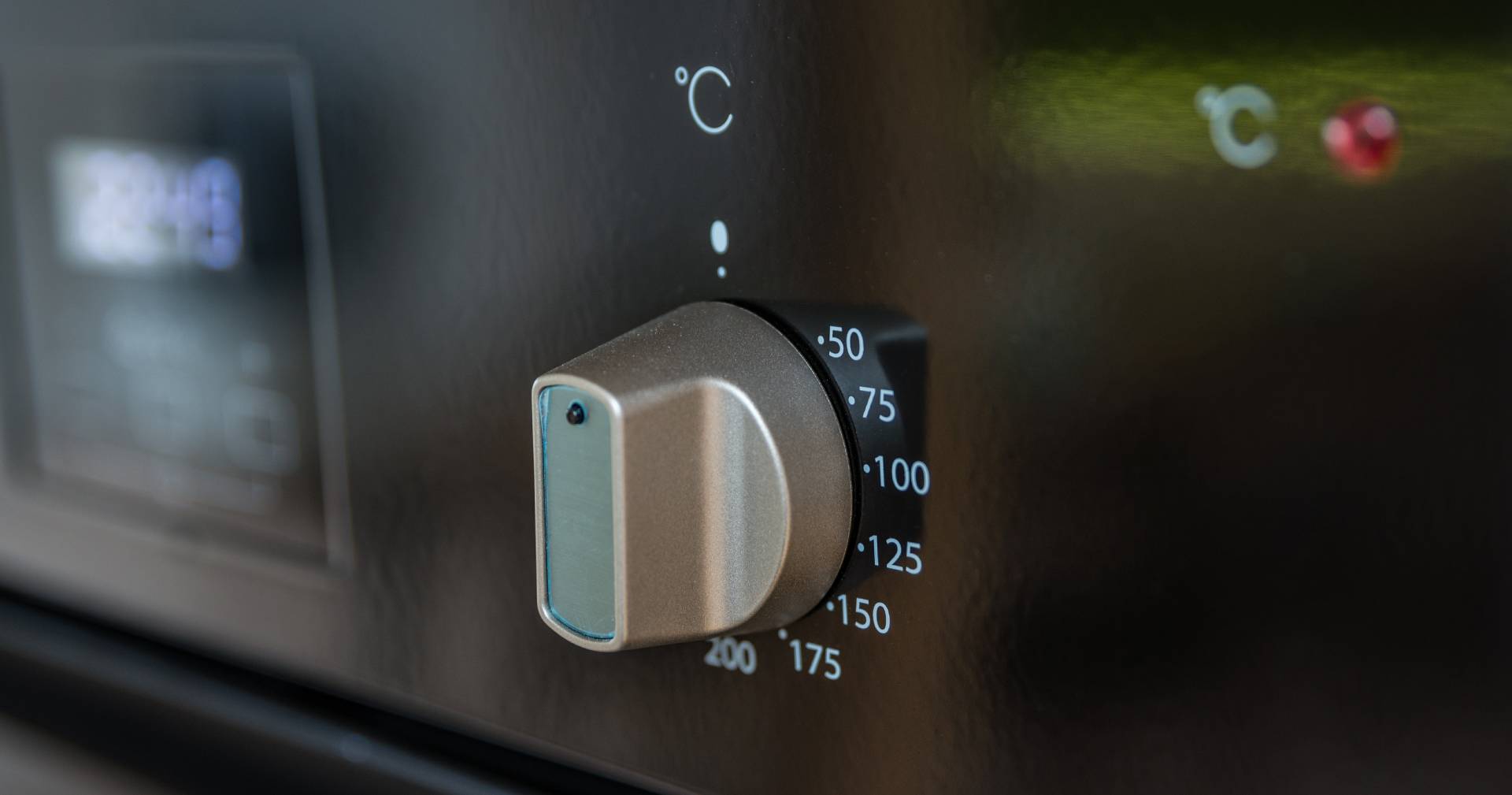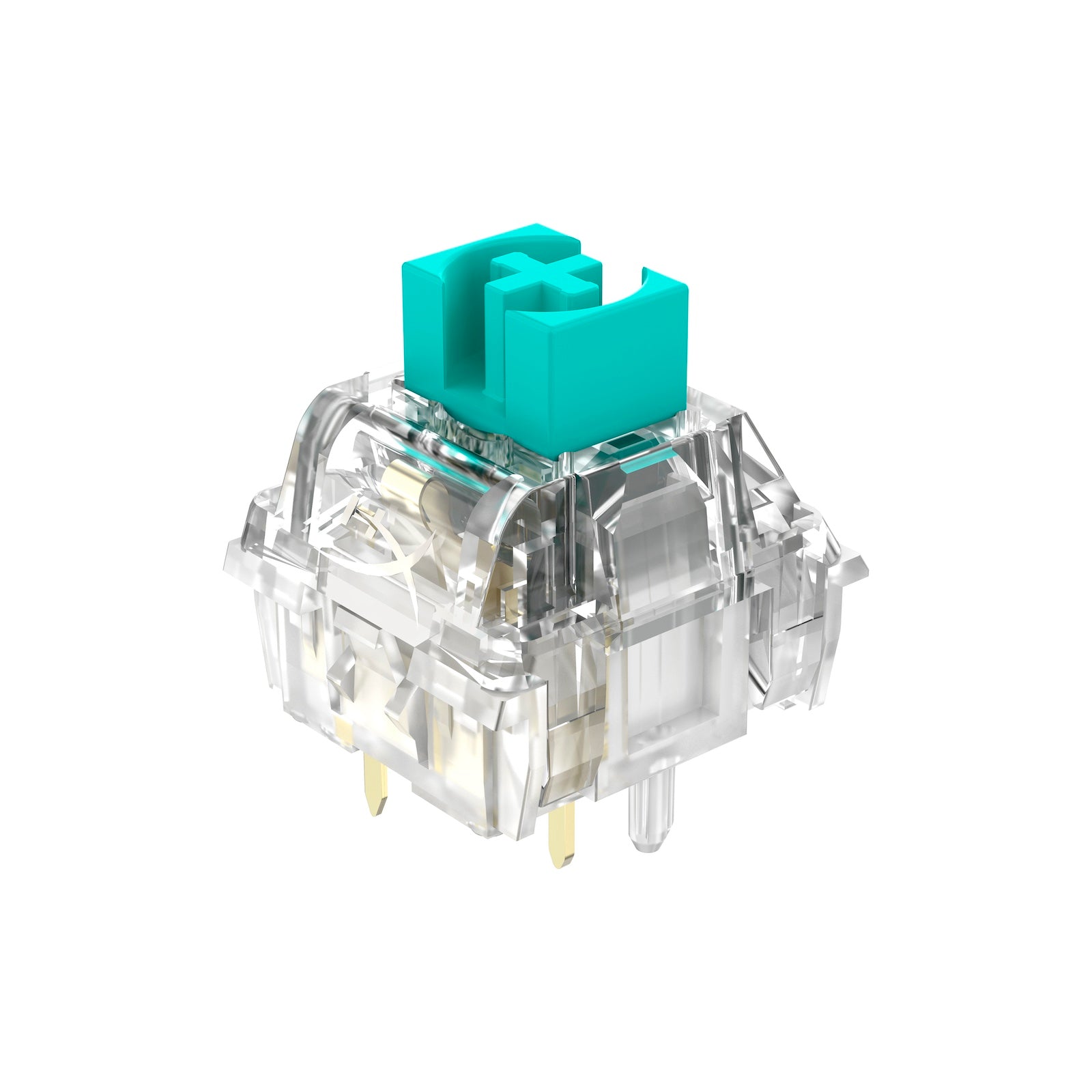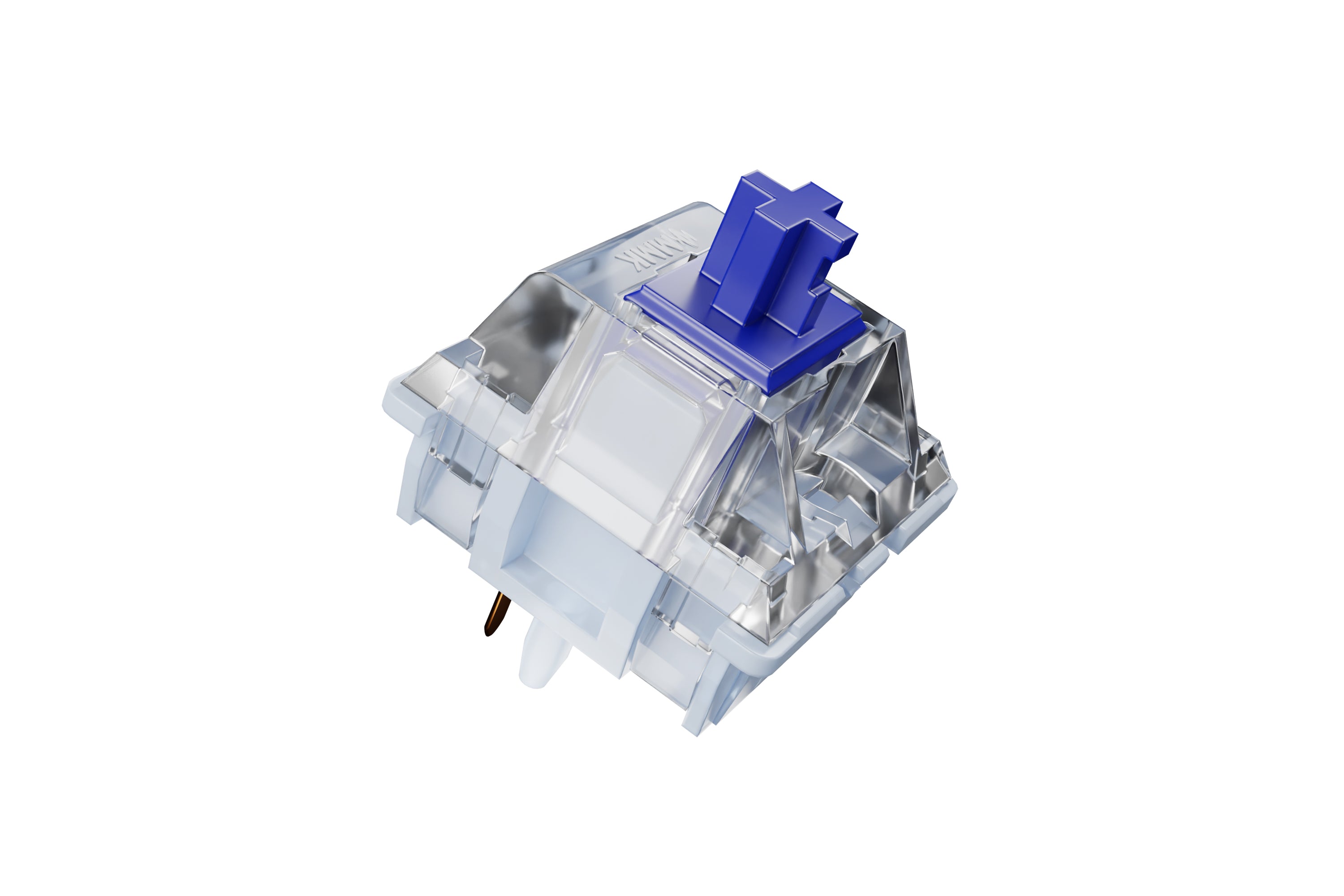For a smooth press, many users recommend tactile switches over clicky options.
Understanding the Benefits of Tactile Switches for Boosted Individual Experience
Tactile buttons are indispensable to contemporary user interfaces, giving physical responses that enhances communication precision and user satisfaction. These devices are especially valuable in atmospheres where speed and precision are critical, such as in pc gaming or expert setups. By using a distinct feeling upon activation, tactile buttons confirm individual inputs without the need to divert aesthetic interest, streamlining task execution and minimizing error rates. This mix of prompt physical feedback and integrity invites more exploration right into their wider effects and advantages.
Exploring the Mechanics of Tactile Changes
To recognize how tactile switches improve customer experience, it is necessary to dig right into their mechanics. Tactile switches run via a device that users can feel and hear when a secret is pushed. This is achieved by incorporating a little dome or bump within the switch, which produces resistance at a details point in the keypress pathway. When this factor is surpassed, the resistance paves the way, generating a noticeable 'click.' This physical feeling is critical as it provides immediate physical responses to the individual, confirming that the input has been made without requiring to trigger the switch totally.
The construction of these buttons differs, but usual products consist of steel for the calls and rubber or silicone for the tactile dome - tactile switches. These elements are crafted to stand up to numerous cycles, ensuring toughness and constant performance over time. This integrity makes tactile switches specifically favored in environments that require quick, precise customer input
Exactly How Tactile Feedback Boosts Accuracy and Rate
Many individuals locate that tactile responses from switches dramatically enhances both the precision and rate of their interactions with tools. The distinct physical experience offered when a responsive switch is actuated enables customers to confirm their input without requiring to double-check visually. This verification is crucial in settings where attention is split throughout numerous tasks, as it guarantees inputs are both willful and proper.
Furthermore, the instant responses from tactile switches minimizes the moment taken between actions. Individuals do not need to push keys several times to ensure activation, causing quicker feedback times. This efficiency is especially valuable in high-speed typing scenarios where each millisecond can add to general performance.

In addition, the boosted sensory experience lowers customer exhaustion and raises engagement, making interactions extra intuitive and much less vulnerable to mistakes - tactile switches. Thus, tactile switches not only enhance the performance of a gadget however additionally contribute to a much more gratifying individual experience
The Function of Tactile Switches Over in Gaming Performance

In addition, responsive switches add to much faster response times. The physical experience validates the vital press without the requirement to bad the keys, enabling quicker inputs and a smoother pc gaming experience. This is especially valuable in video games that require quick and recurring keystrokes, where rate is frequently as critical Clicking Here as precision.

Tactile Switches in Expert Settings
Responsive buttons are just as transformative in professional settings, where effectiveness and ergonomic layout boost productivity. These buttons, frequently located in high-precision keyboards, are valued for their receptive responses. When pushed, they give a visible bump midway through the keypress, verifying activation without the demand for complete traveling. This feature allows specialists such as typists, designers, and information entrance clerks to boost typing rate and accuracy, lowering the threat of mistakes and the stress linked with long term key-board use.
In settings like control spaces or studios, responsive buttons are incorporated into tools for their trustworthy efficiency. They use operators the assurance needed in high-stakes environments, making certain that every command or modification is executed as meant. This dependability, paired with the responsive reaction, helps preserve high levels of concentration and operational performance, essential in maintaining workflow and meeting specialist requirements.
Contrasting Tactile and Non-Tactile Interface
Just how do tactile interface contrast to their non-tactile counterparts? The primary difference lies in the comments provided to users. Responsive user interfaces, such as those with physical switches or distinctive surfaces, provide instant physical comments via touch. This sensory response can enhance individual accuracy and speed, particularly in environments where visual focus have to be divided. Non-tactile interfaces, like those with level touchscreens, advice count on aesthetic or acoustic comments, which may not be as prompt or without effort refined.
The choice in between tactile and non-tactile interfaces often depends on the application's context and customer requirements. Tactile interfaces are important in situations calling for operation without direct line of sight, such as driving or in certain commercial settings.

Verdict
In verdict, responsive switches considerably improve individual experiences by giving essential physical feedback. By providing a much more user-friendly and pleasing communication, responsive buttons prove superior to non-tactile interfaces, making them a favored option for individuals seeking dependability and efficiency in their communications with technology.